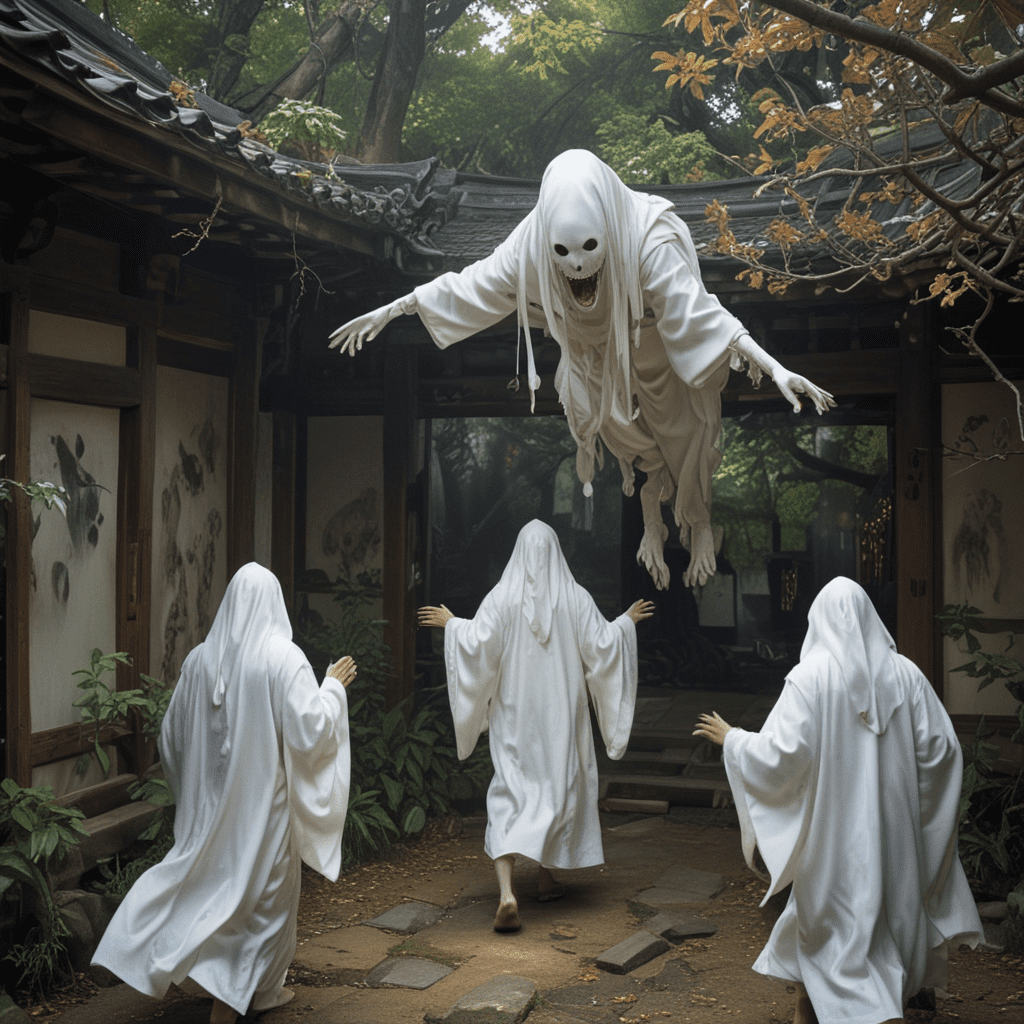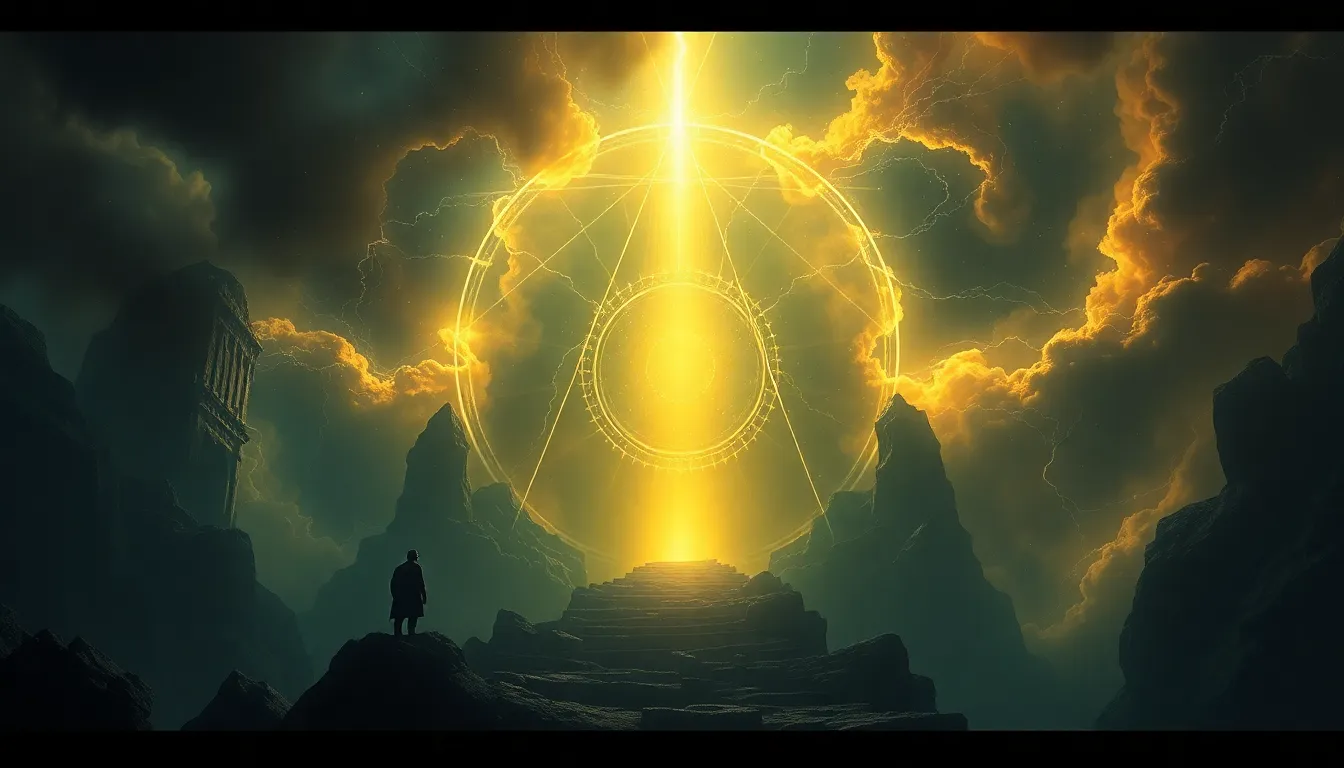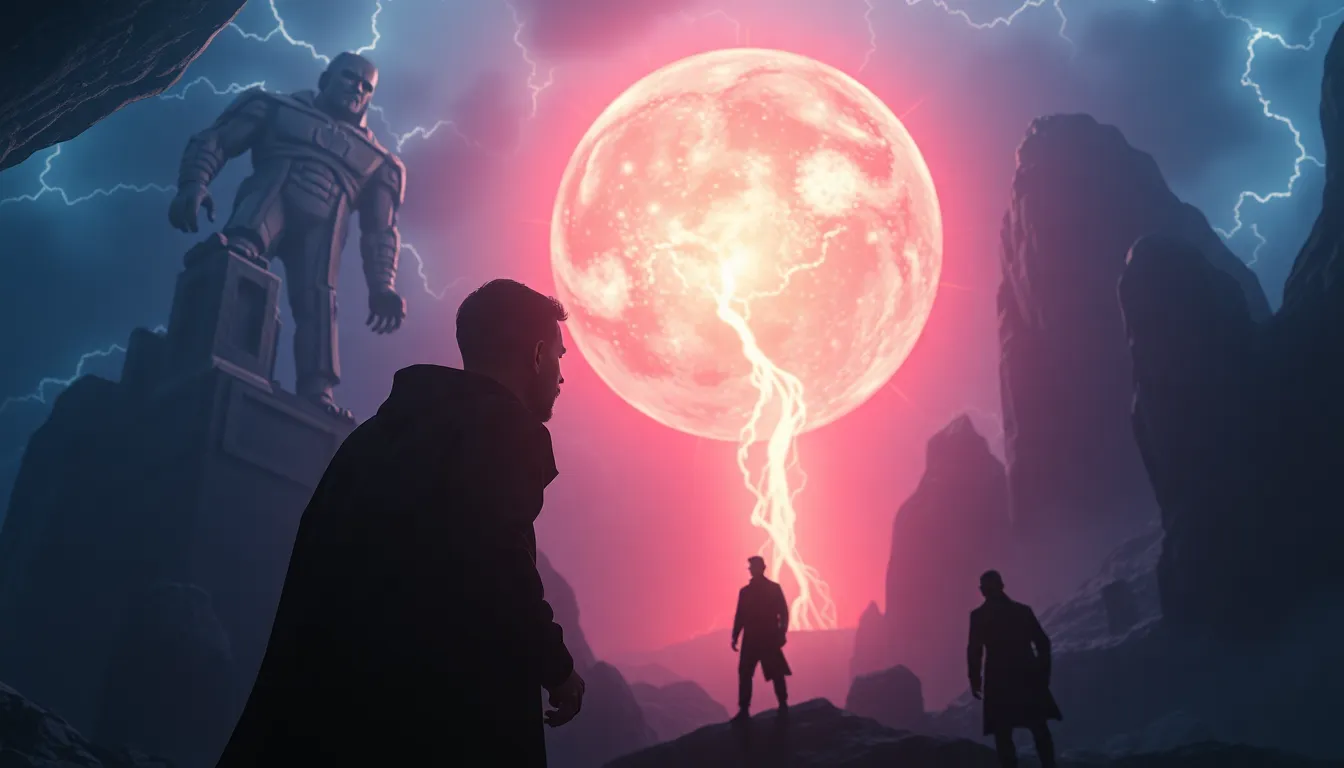The Myth of the Jikininki: The Human-Eating Ghosts in Japanese Folklore
I. Introduction: The Origins of the Myth
The Jikininki, a unique and haunting figure in Japanese folklore, are mythical human-eating ghosts. The origins of the Jikininki myth can be traced back to the Heian period (794-1185). During this time, esoteric Buddhism flourished in Japan, and the belief in vengeful spirits and retribution for sins was prevalent. The Jikininki myth emerged as a manifestation of these beliefs, depicting the consequences of greed, selfishness, and the violation of social norms.
II. The Description of the Jikininki
A. Physical Characteristics:
The Jikininki are described as grotesque and terrifying creatures. They possess a human-like form but with emaciated bodies, long, sharp claws, and jagged teeth. Their skin is said to be pale and translucent, and their eyes glow with an eerie red light. The Jikininki are often depicted as having long, flowing hair that conceals their faces, adding to their enigmatic and horrifying appearance.
B. Nocturnal Nature:
The Jikininki are nocturnal beings. They emerge from their hiding places at night, lurking in the shadows and preying on unsuspecting victims. Their presence is often accompanied by an eerie silence, broken only by the sound of their footsteps or the rustling of leaves as they move stealthily through the darkness.
VI. The Jikininki in Modern Japanese Culture
A. Literature and Art:
The Jikininki myth continues to resonate in modern Japanese culture, appearing in various forms of literature and art. In the novel "Kwaidan: Stories and Studies of Strange Things" by Lafcadio Hearn, the Jikininki is portrayed as a haunting and vengeful spirit. The myth has also been depicted in paintings, sculptures, and traditional Japanese theater.
B. Popular Media:
The Jikininki has made its way into popular media as well. In the iconic Japanese horror movie "Ju-On: The Grudge," the ghost of Kayako Saeki is often depicted with Jikininki-like characteristics, such as emaciated features and glowing red eyes. The video game "Fatal Frame" features a type of enemy known as the "Jikininki," which is a human-like creature with a grotesque appearance.
VII. Psychological Interpretations of the Myth
The Jikininki myth can be interpreted on a psychological level as a manifestation of the fear of social isolation and exclusion. The transformation from a normal human being into a Jikininki is often depicted as a punishment for violating social norms and engaging in selfish behavior. The myth serves as a warning against the consequences of greed and the importance of conformity within society.
VIII. The Jikininki as a Symbol of Societal Fears
The Jikininki myth also reflects societal fears and anxieties about the unknown and the supernatural. The creatures' grotesque appearance and predatory nature evoke feelings of horror and repulsion, representing the primal fear of malevolent spirits. The myth serves as a manifestation of these fears and a way to process them through storytelling and folklore.
IX. The Myth's Enduring Relevance in Contemporary Japan
Despite being a product of ancient beliefs, the Jikininki myth continues to hold relevance in contemporary Japanese society. Its enduring presence reflects the timeless nature of human fears and anxieties, as well as the importance of tradition and folklore in preserving cultural identity.
X. Conclusion: The Legacy and Significance of the Jikininki Myth
The myth of the Jikininki, with its haunting imagery and psychological depth, serves as a powerful reminder of the human condition. It embodies the fear of societal isolation, the consequences of selfish behavior, and the enduring presence of the supernatural in our collective consciousness. The Jikininki myth continues to captivate and horrify audiences, ensuring its enduring legacy in Japanese folklore and popular culture.
FAQ
Q: What is the significance of the Jikininki's human-like form?
A: The human-like form of the Jikininki symbolizes the idea that even the most ordinary individuals have the potential to succumb to selfishness and greed, leading to their transformation into malevolent spirits.
Q: Why are the Jikininki described as being pale and translucent?
A: The pale and translucent skin of the Jikininki represents their ethereal and otherworldly nature, differentiating them from ordinary humans and emphasizing their status as supernatural beings.
Q: What is the cultural significance of the Jikininki myth in Japan?
A: The Jikininki myth is deeply rooted in Japanese culture, serving as a moral tale that warns against the dangers of violating social norms and engaging in selfish behavior. It also reflects societal fears about the unknown and the supernatural, and its enduring presence underscores the importance of tradition and folklore in Japanese society.



